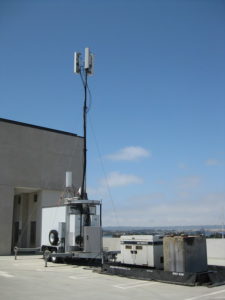Twitter is suited for short statements and back-and-forth conversation.
It’s terrible for anything long-form.
Long Twitter threads* and images filled with text remind me of the old tech support days when users would paste screen shots of error messages into Microsoft Word documents and email me the document. It was a terrible tool for the job, but it was the one they knew.
Once you get past two or three tweets (doesn’t matter whether they’re 140 characters or 280, it’s the structure that matters), your ideas will hang together better and be better understood if you write an actual article somewhere. Sadly, Twitter has trained people to stay in Twitter instead of going outside to read the %#$ article**, because you won’t be able to get back to where you were in your timeline, and besides, that’s just too long to read right now.
And that would require you to have, like a blog or something, and what sort of weirdo has one of those? 🙄
So people use what they know, and we get screenshots of long paragraphs that are awful for accessibility. And we get 40-tweet threads that people only see fragments of and take bits out of context. And they’ll reply to tweet #5 complaining about something that’s addressed in tweet #12, but they didn’t see it, because that was hidden behind the “read more” link, and how long does this thread go, anyway? (Scroll bars solved this problem decades ago.) And we get links to articles that people don’t read, but they reply to them anyway — or rather they reply to what they assume was in them.
Which I suppose is what we had in the old days, I mean “nobody reads the articles” was a joke on Slashdot 20 years ago. But it’s still frustrating.
Update: I realized I don’t see this so much on Mastodon. I wonder if that’s one of the ways the culture is different, or if I just happen to not be following anyone who writes/boosts long threads on a regular basis, or if 500-character posts give people enough room to breathe that they don’t feel like they’re already writing a long chain, so why worry about keeping the number of posts down, what’s the difference between 10 tweets and 15?
Update March 2024: Apparently it was a posting culture thing, because it’s common on the Fediverse now too. At least on platforms like Mastodon that maintain a smallish size limit.
*To clarify, I’m talking about long threads that are effectively one piece of writing, not a series of “oh, and another thing” follow-ups, live-tweeting as things come up, actual conversations, etc.
**This part is true of Facebook as well.

